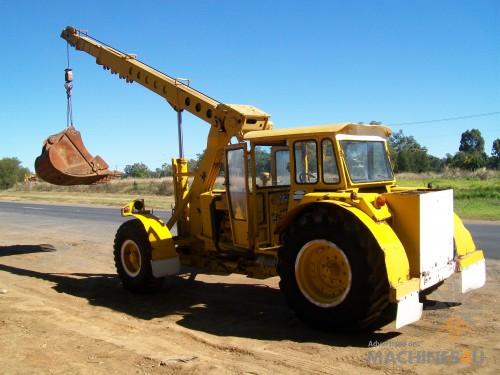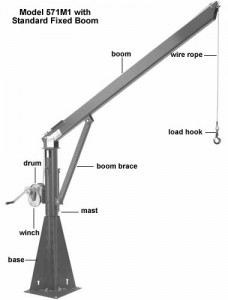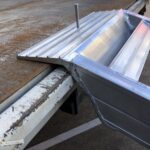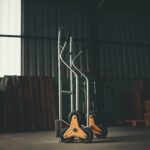Cranes are essential part of the construction industry and can be found at almost any construction job site. They are capable of performing incredible lifting operations, even though their principle of working is based on the simple laws of physics. One common type of crane is the boom crane, which is one of the most effective and efficient machines for lifting and moving heavy and awkward objects. The boom crane is most commonly used for hoisting heavy equipment and materials on construction sites and for loading cargo onto ships.

The fundamentals of how the boom cranes work is straight forward – loads are attached to the end of the beam and then elevated by applying little force to the end of the beam on the opposite side. The lifting operation is supported by the fulcrum, situated below the beam and designed to provide additional force. All boom cranes today include advanced technology and exceptional engineering, differing a lot from the first boom crane which dates back to ancient times. The very first lifting machines with a level-fulcrum systems invented in ancient times were mainly used for lifting and moving heavy loads.
The Ancient Greeks are considered the inventors of the cranes, and with time they added more features and controls, such as a hand-wound winch with cabling attached to a pulley. The cables were wrapped around the objects/loads and then moved them from one to another location in exactly the same manner as the boom cranes that are used today. The boom cranes today include hydraulic systems and are capable of lifting loads over 1000 tonnes with little effort. But not only hydraulic systems, the boom cranes today include advanced technology and various features that facilitate the work of the operators.
 However, some things are not changed a lot, or better said some boom crane parts are not changed. Instead, they have been improved a lot. For example:
However, some things are not changed a lot, or better said some boom crane parts are not changed. Instead, they have been improved a lot. For example:
- The boom is an irreplaceable part of every boom crane. It is a long, fixed or telescopic arm that is used for moving heavy loads.
- The jib is also an important part of boom cranes, which allows the boom to be extend.
- Another important key element is the counterweight without which it would be impossible for the boom cranes to lift and move heavy loads. The counterweight is included in every crane model, and serves as stabilization device that prevents the crane from tipping over.
- And there’s the gear. It gives the boom cranes the ability to rotate and operate from every stand position.
For more information, browse online for available boom cranes for sale.





















